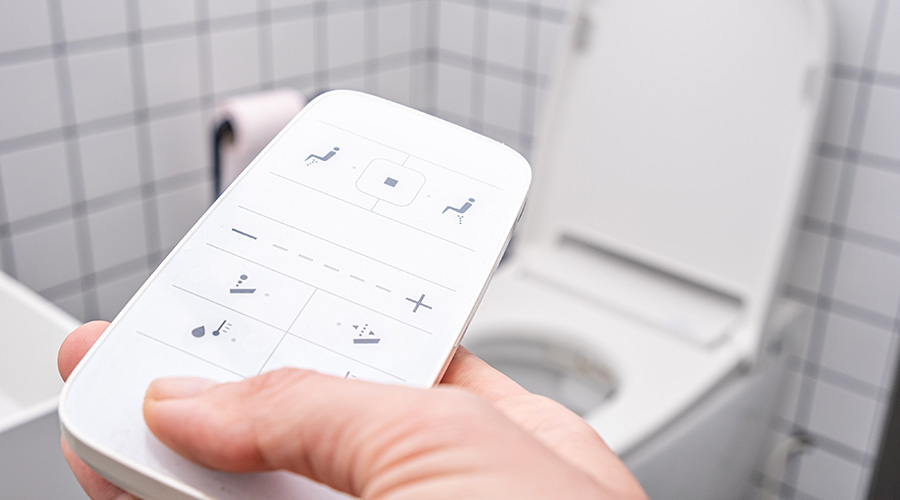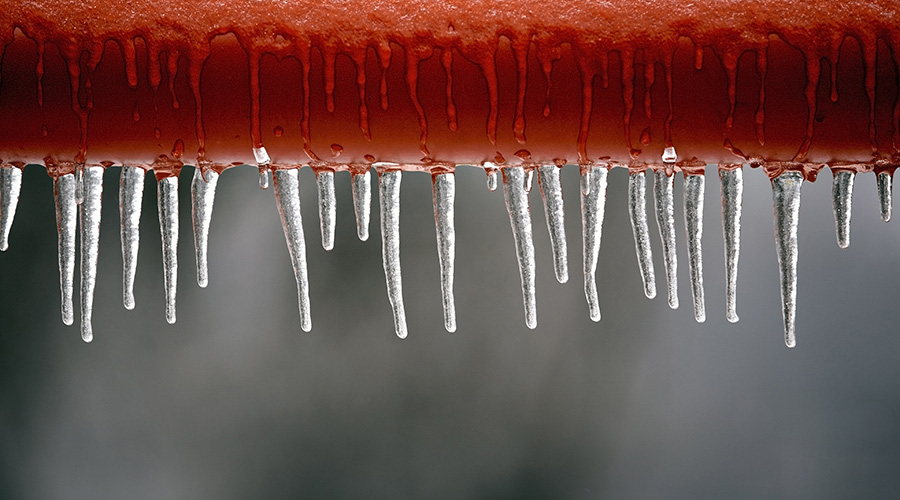Water Codes And Standards Continue To Tighten Water Usage Limits
Codes and standards bodies have been busy. In the restroom, standards for water use for fixtures and fittings are tightening. States, like California, Texas, and Georgia, as well as cities such as New York City, have adopted new plumbing code requirements that follow the EPA's WaterSense recommendations. Indeed, New York City requirements are identical to most of the new code standards for plumbing fixtures being developed. Other states and jurisdictions are considering following suit.
Additionally, both major national code bodies, the International Association of Plumbing and Mechanical Officials (IAPMO) and the International Code Council (ICC), have green supplements that will impact how water is used in all aspects of facility management. These green codes address all types of water-using equipment, ranging from ice machines to water treatment, and have significantly modified code to allow for the use of many types of on-site sources of water such as greywater, rainwater, air conditioning condensate, foundation drain water from basements, and many more. Many cities are starting to promote commercial and institutional facilities to make use of these on-site sources through rebates and other incentives.
Elements from these new green codes are quickly being moved into both of the major national codes and cities and jurisdictions across the nation are starting to adopt provisions of these codes.
At the federal level, the U.S. Department of Energy's (DOE's) Better Buildings Challenge and the Presidential Executive Order 13514 are examples of initiatives that attempt to spur market transformation for sustainable buildings in general, but also water efficiency in particular. For the Better Buildings Challenge, water is now included, and the executive order adds new dimensions to requirements at federal facilities. Four initiatives from the U.S. Environmental Protection Agency illustrate the efforts by that agency to promote water efficiency and help develop databases to benchmark progress for commercial water users. These include:
- EPA WaterSense testing and labeling of water efficient products
- EPA Energy Star Portfolio Manager
- EPA WaterSense at Work
- EPA WaterSense Hotel Challenge
Many states and cities are also establishing regulations and incentives for water efficiency in commercial buildings. The U.S. EPA WaterSense website (http://www.epa.gov/WaterSense/rebate_finder_saving_money_water.html) lists 10 pages of utilities with water conservation rebates, many available for commercial properties. States are now revising regulations to promote water efficiency, provide financial and tax incentives, and establish their own requirements.
Maximum Flow Rates And Consumption For Plumbing Fixtures And Fixture Fittings
|
| Fixture | Maximum Flow Or Use Rate
|
| Lavatory — Private | 1.5 Gal./Min. At 60Psi |
| Lavatory — Self Closing
(Metering) | 0.25 Gallons Per Metering Cycle |
| Lavatory — Public
(Other Than Metering) | 0.5 Gal./Min. |
| Shower Head | 2.0 Gal./Min At 60 Psi |
| Sink Faucet | 2.2 Gal./Min. |
| Urinal | 0.5 Gal./Flush Cycle |
| Water Closet | 1.28 Gal./Flush Cycle Or Equivalent For Dual Flush Toilets |
Related Topics:













